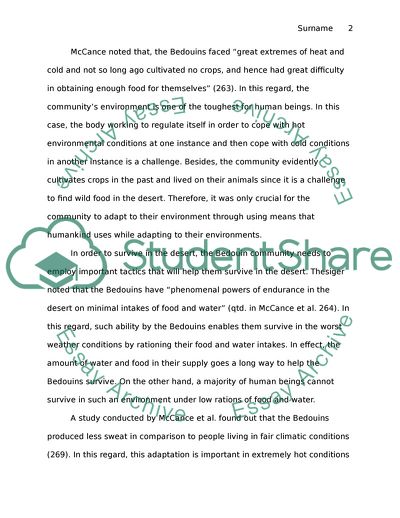Cite this document
(Bedouins' Adaptation to the Life in the Arabian Desert Research Paper, n.d.)
Bedouins' Adaptation to the Life in the Arabian Desert Research Paper. https://studentshare.org/people/1770678-how-have-the-bedouins-adapted-to-living-in-their-environment
Bedouins' Adaptation to the Life in the Arabian Desert Research Paper. https://studentshare.org/people/1770678-how-have-the-bedouins-adapted-to-living-in-their-environment
(Bedouins' Adaptation to the Life in the Arabian Desert Research Paper)
Bedouins' Adaptation to the Life in the Arabian Desert Research Paper. https://studentshare.org/people/1770678-how-have-the-bedouins-adapted-to-living-in-their-environment.
Bedouins' Adaptation to the Life in the Arabian Desert Research Paper. https://studentshare.org/people/1770678-how-have-the-bedouins-adapted-to-living-in-their-environment.
“Bedouins' Adaptation to the Life in the Arabian Desert Research Paper”. https://studentshare.org/people/1770678-how-have-the-bedouins-adapted-to-living-in-their-environment.


